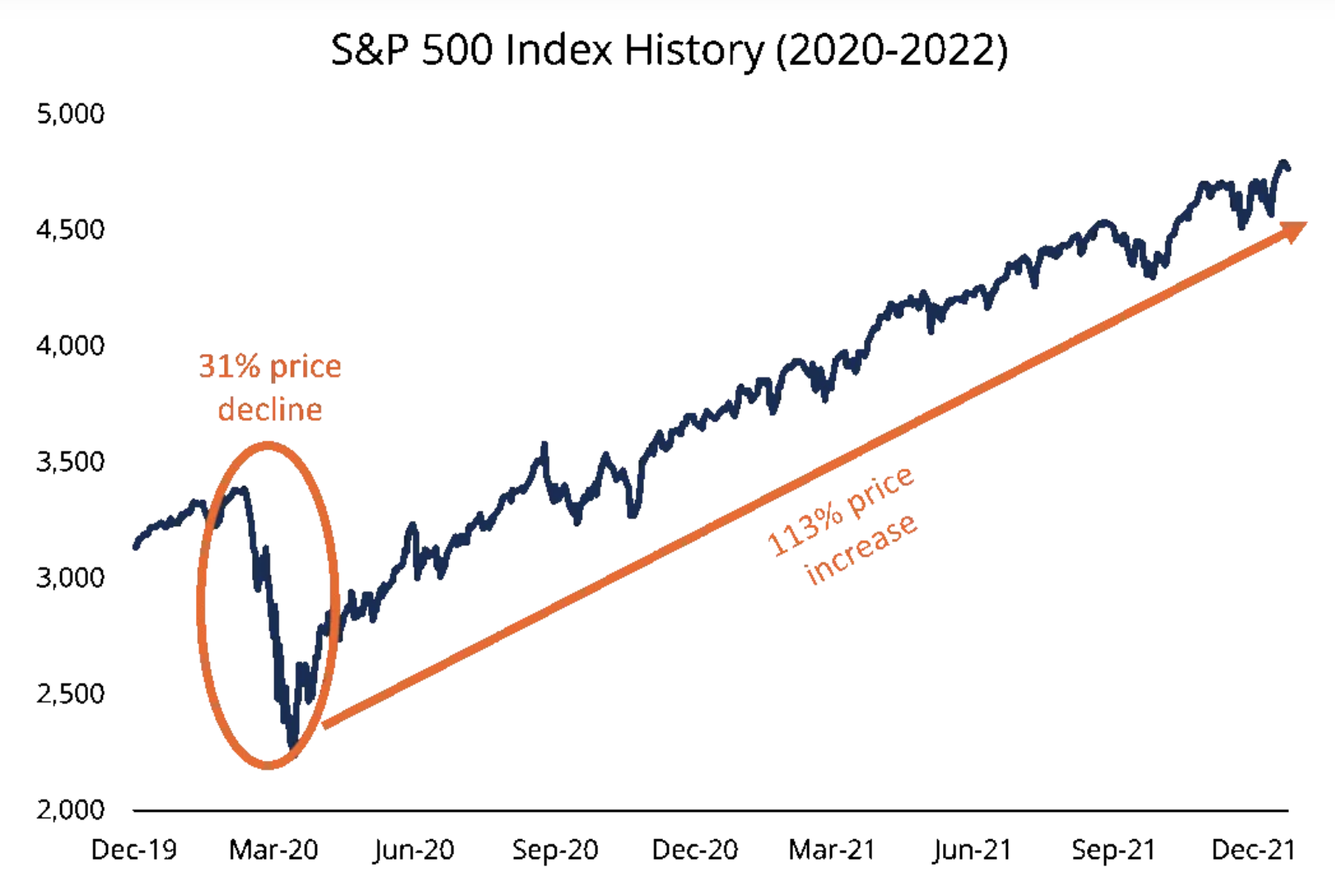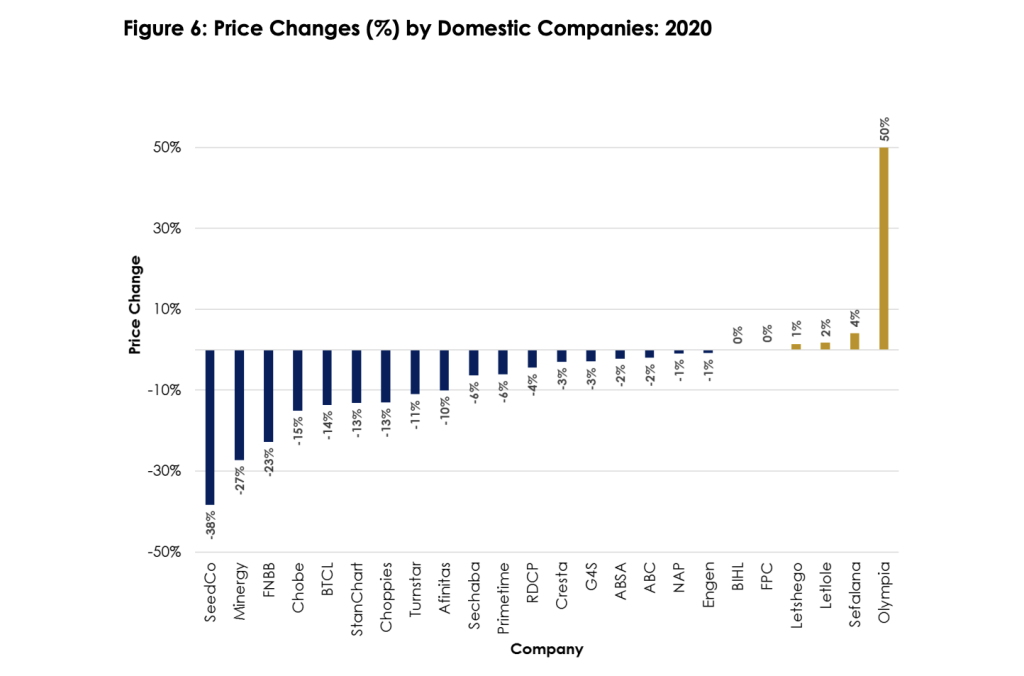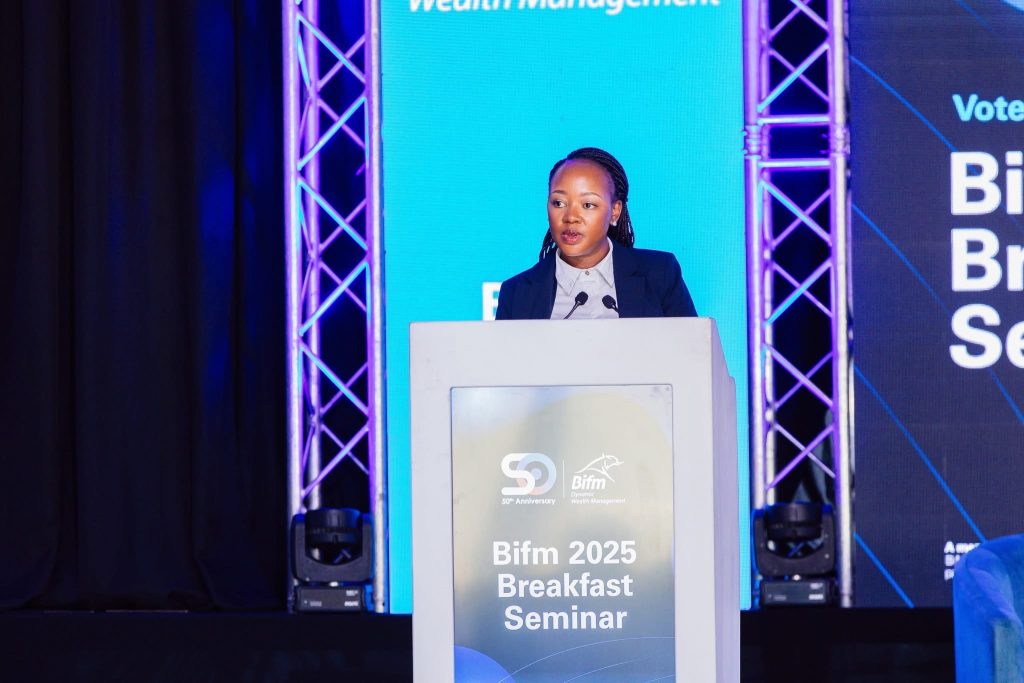Stock market drops can actually be opportunities, even in strong companies. In part 1 of this buying the dip series, experts stress that investors should first understand why a stock’s price is falling before making any moves.
When share prices fall, some investors panic while others see a bargain. “Buying the dip” sounds easy: you just grab good stocks when prices drop and wait for the comeback.
What is “Buying the Dip”? (BTD)
Mr. Andrew Loo, VP of Capital Markets at the Corporate Finance Institute (CFI), defines Buy-The-Dip (BTD) as “buying or adding to an existing long position of an asset during a period of downward price pressure, hopefully with the opportunity for the price to recover.”
In an article published on CFI’s online learning platform for finance professionals, he used stocks as an example, especially in liquid markets like the US, where “the stock market has been known to overreact to news flow at certain periods, especially when there is high uncertainty.”
S&P Lessons
He pointed to February and March 2020, at the start of the COVID-19 pandemic, when lockdowns and economic fears caused stock prices to fall sharply.

The S&P 500 Index, which tracks the stock performance of 500 major U.S. companies, dropped by about 31% before recovering, meaning investors who bought during the slump benefited as prices rebounded.
Earlier this year, Botswana Insurance Holdings Limited (Bifm) noted that 2025 started tough for investors. Global stocks, especially in the US, had their worst quarter since 2022, as trade tensions and global risks shook confidence. According to Bifm insights, the “market was characterised by short-term swings in sentiment and a preference for defensiveness”.
Opportunity to Buy
At a recent investor webinar hosted by Botswana Insurance Fund Management (Bifm), Chief Investment Officer Ms. Bhina Botlhe-Tshukudu explained it simply: when the market dips, it can create opportunities because “when the market dips, it does so indiscriminately.” Her point was that even strong companies see their share prices fall when investor confidence fades. As she explained, “It just says, this is a risky asset class, we are leaving for the safer asset class.”
After taking office, Mr Donald Trump’s announcement made the S&P 500 fall almost 20% in just seven weeks, according to U.S Bank. Standard Chartered Bank’s Ms Razia Khan, the Head of Research and Chief Economist, Africa & Middle East, recently said that it looked like the equity market miscalculated the extent of the tariffs, based on the sell-offs.

Realising Gains
But the market bounced back fast. According to U.S Bank, after hitting its lowest point of 2025 on April 7, the S&P 500 has jumped nearly 36%. In its Q2 report to investors, Bifm noted that the S&P 500 Index returned 10.9% for the quarter, while the Nasdaq advanced 17.9%.
Ms Botlhe-Tshukudu explained during the recent webinar:
“Things turned around very quickly, such that both Q2 and Q3 for asset classes were actually positive.”
In the US, tech led the market rebound, with some of the “Magnificent 7” stocks becoming attractive again—especially those tied to artificial intelligence. Strong first-quarter earnings from companies like Alphabet and Meta also helped push the rally higher.
So, in effect, Ms Botlhe-Tshukudu said it does mean that the market now has priced in this particular risk.
“We have seen that it has presented some opportunities that have led to positive performance within the two quarters post such announcement.”
Ms. Botlhe-Tshukudu explained that falling prices often reveal value: “There will be good companies that we believe we can then pick up at more reasonable prices.”
Over time, she said, “as opportunities unfold and [companies] start doing well in the market, we would have entered at a lower price, not the lowest always, but lower than where they currently are.”
During the COVID-19 years, most sectors listed on the Botswana Stock Exchange (BSE) saw their share prices fall, dragging down overall market performance. The hardest-hit areas were banking, tourism, retail and wholesale, and agriculture — though the farming sector did slightly better than in 2019.

A few years later, share prices have bounced back. Here are a few stellar performers:
| Company | August 2022 (P) | November 2025 (P) | Change (P) | %Growth |
| StanChart | P2.66 | P8.70 | +6.04 | +227 |
| Sechaba | P17.80 | P37.01 | +19.21 | +108 |
| FNBB | P3.07 | P5.45 | +2.38 | +77 |
| Sefalana | P9.51 | P15.75 | +6.24 | +66 |
| Absa Bank | P4.92 | P7.56 | +2.64 | +54 |
The BSE notes that most companies are now actively traded, supported by stronger profits and regular dividend payouts, which have helped lift their share prices.
“If you look at the past five years and all of the risks that have emanated within the market, maybe 2019 versus now, the market has actually rallied. So COVID was such a big hit that everybody thought, OK, it’s going to change everything around how businesses operate,” Ms Botlhe-Tshukudu said.
“And to some extent it did. Businesses digitised. It mostly presented opportunities for businesses to operate in a very different manner, but still meet demand, meet expectations, and even exceed them.”
The Onus Is on You as an Investor
Mr. Loo explained that when a stock’s price falls, there’s usually a reason—like poor earnings, rising uncertainty, or other market worries. He suggested:
“As an investor, it is important to be cautious of buying the dip and have a strong rationale for why the security is mispriced,” he said.


